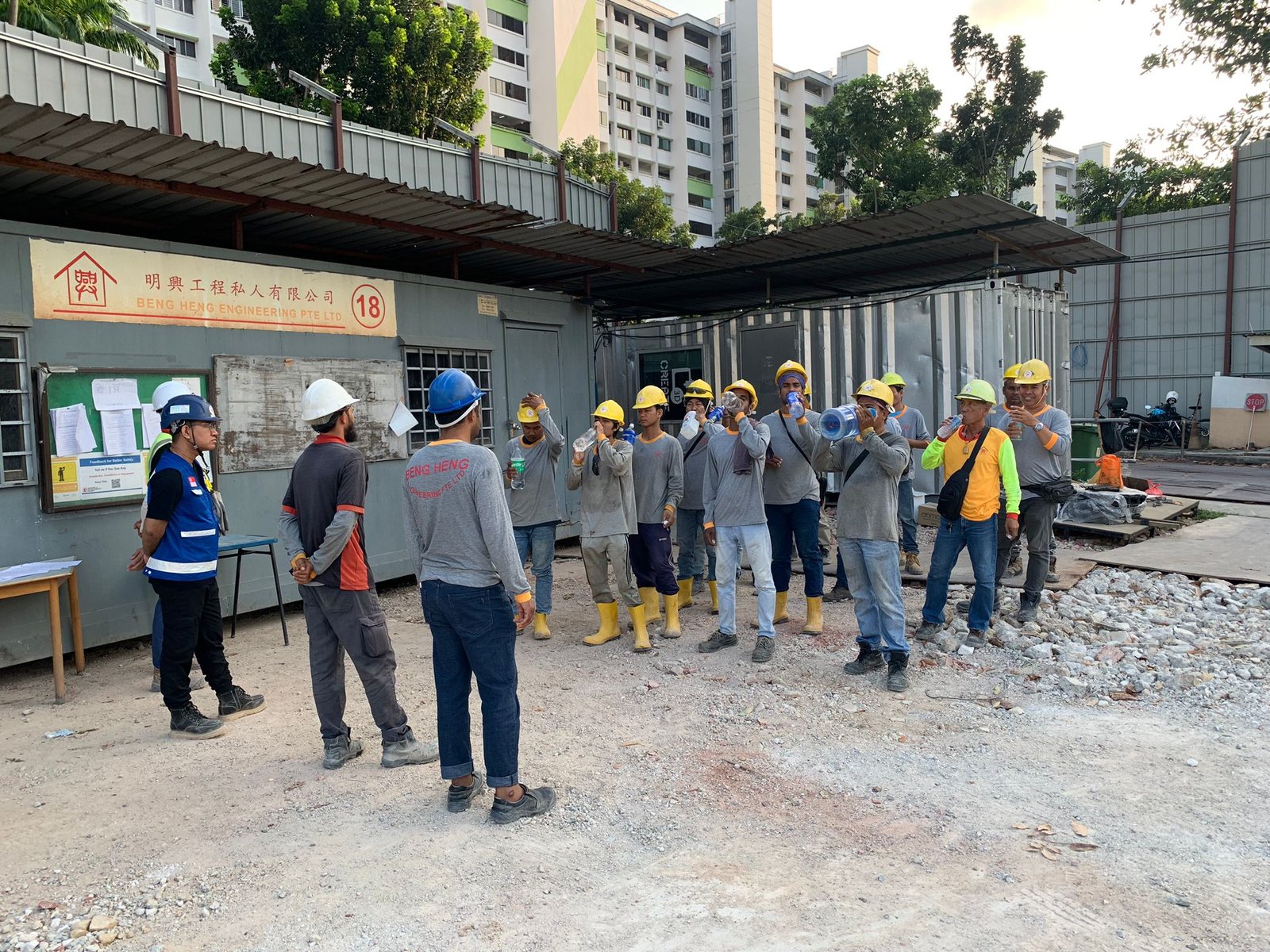
Workplace safety and health (WSH) professionals play a crucial role in safeguarding the well-being of employees and maintaining a secure work environment. Their responsibilities encompass various aspects, from risk assessment to implementing safety protocols and promoting a culture of safety within organizations. In this essay, we will explore some of the best safety practices that WSH professionals can employ to achieve these objectives effectively.
Risk Assessment and Hazard Identification
One of the fundamental responsibilities of WSH professionals is to conduct comprehensive risk assessments and identify potential hazards in the workplace. This involves systematically evaluating tasks, equipment, and work environments to determine risks to employee health and safety. By identifying hazards early on, WSH professionals can implement appropriate control measures to mitigate risks and prevent accidents or injuries.
Once hazards are identified, WSH professionals must develop and implement robust safety protocols and procedures to address them effectively. This may include establishing guidelines for safe work practices, providing necessary personal protective equipment (PPE), and implementing emergency response plans. Regular training sessions should be conducted to ensure that employees understand and adhere to these protocols, empowering them to work safely and confidently.
Food for thought.
Creating a culture of safety is paramount to the success of any safety program. WSH professionals should actively promote a positive safety culture within their organizations by fostering open communication about safety concerns, encouraging employees to report hazards or near misses, and recognizing and rewarding safe behaviors. When safety becomes ingrained in the organizational culture, employees are more likely to prioritize safety in their daily activities and look out for each other’s well-being.
Regular Inspections and Audits
Regular inspections and audits are essential for ensuring that safety protocols are being followed and identifying areas for improvement. WSH professionals should conduct routine inspections of the workplace to identify any new hazards or lapses in safety procedures. Additionally, periodic audits can help assess the effectiveness of existing safety programs and identify areas where additional measures may be needed to enhance safety performance.


In conclusion, WSH professionals play a vital role in creating and maintaining safe work environments. By implementing the best safety practices outlined in this essay, they can effectively identify and mitigate hazards, promote a culture of safety, and ensure the well-being of employees. Continuous improvement, ongoing training, and leveraging technology are essential components of a successful safety program led by WSH professionals. Through their dedication and expertise, they contribute significantly to the overall success and sustainability of organizations.


